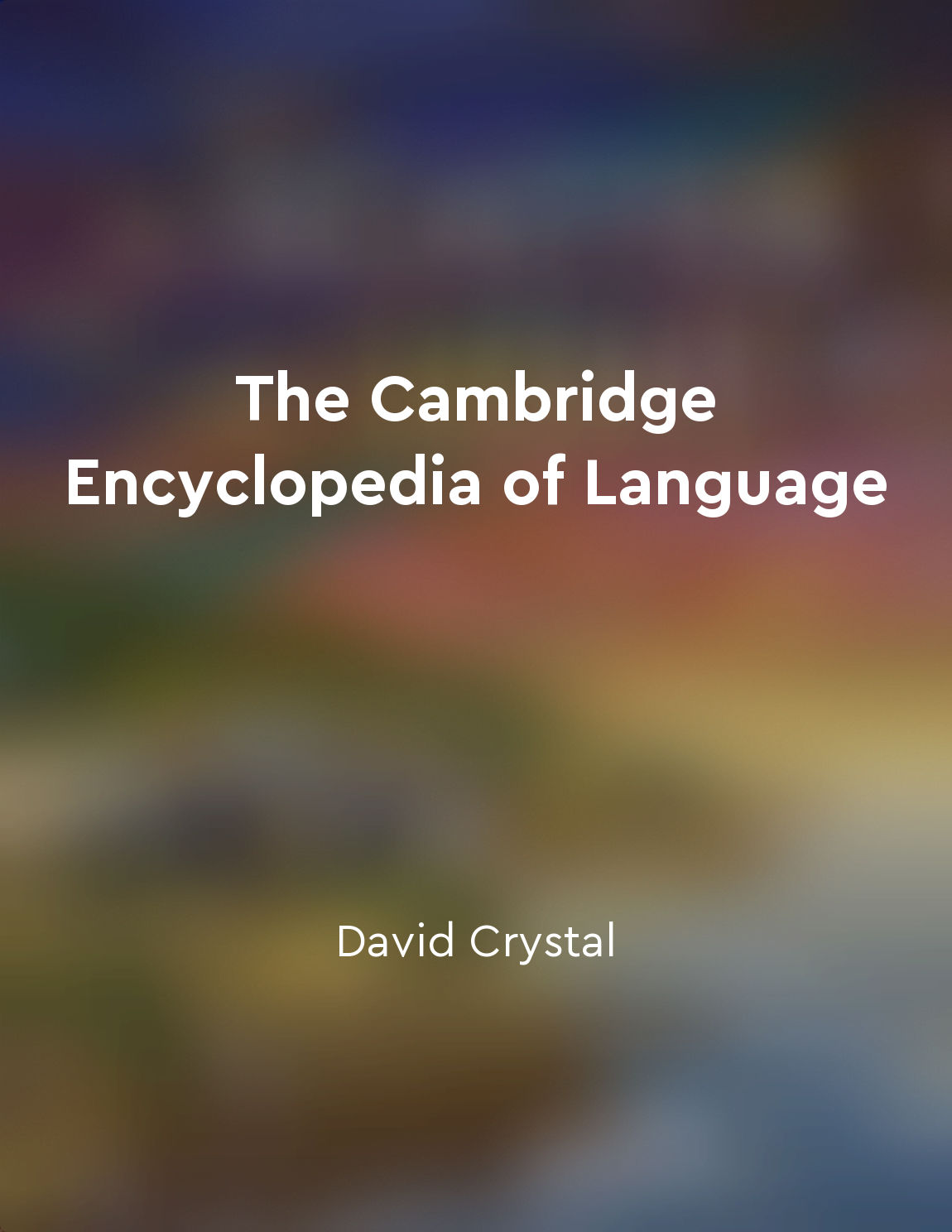Language is a dynamic system that is constantly adapting to new influences from "summary" of The Cambridge Encyclopedia of Language by David Crystal
Language is a dynamic system, constantly in a state of flux, responding to the various influences that shape its development. From internal changes within a language community to external factors such as contact with other languages, the evolution of language is a complex and multifaceted process. Internal changes can occur through processes such as phonetic drift, where sounds gradually shift over time, or through the creation of new words and expressions. These changes may be driven by factors such as social trends, technological advancements, or simply the creative impulse of language users. External influences, on the other hand, can come from interactions with other languages, whether through trade, conquest, or cultural exchange. These interactions can lead to the borrowing of words, grammatical structures, or even entire linguistic systems, enriching the language and expanding its expressive capabilities. At the heart of this dynamic process is the concept of adaptation. Language is constantly adapting to new influences, incorporating them into its structure and vocabulary in order to remain relevant and functional in a changing world. This adaptability is a key strength of language, allowing it to evolve and grow in response to the needs and desires of its users. In this way, language is not a static entity, but a living, breathing system that reflects the diversity and complexity of human experience. By embracing new influences and adapting to changing circumstances, language ensures its continued relevance and vitality in a world that is constantly in motion.Similar Posts
Concepts are learned through language games
The foundation of our understanding lies in the language games we play. Through these games, we acquire and internalize concept...
Aesthetic experience is inseparable from moral responsibility
In the realm of aesthetics, the experience of art is intricately connected to one's moral responsibility. When we engage with a...

